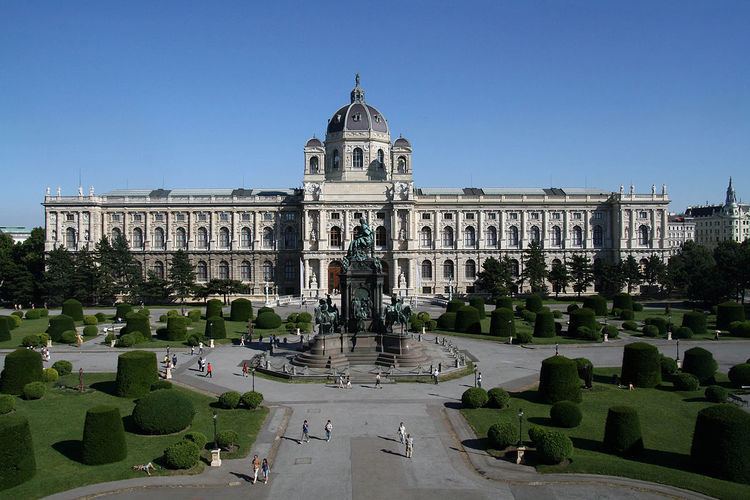Established 1871-1891 Visitors 559,150 (2010) Phone +43 1 525240 | ||
 | ||
Hours Open today · 10AM–6PMSunday10AM–6PMMondayClosedTuesday10AM–6PMWednesday10AM–6PMThursday10AM–9PMFriday10AM–6PMSaturday10AM–6PM Artwork The Art of Painting, The Hunters in the Snow, The Peasant Wedding, Children's Games, Madonna del Prato Similar Belvedere - Vienna, Hofburg, Schönbrunn Palace, St Stephen's Cathedral, Tiergarten Schönbrunn Profiles | ||
Wien kunsthistorisches museum
The Kunsthistorisches Museum (English: "Museum of Art History", also often referred to as the "Museum of Fine Arts") is an art museum in Vienna, Austria. Housed in its festive palatial building on Ringstraße, it is crowned with an octagonal dome. The term Kunsthistorisches Museum applies to both the institution and the main building. It is the largest art museum in the country.
Contents
- Wien kunsthistorisches museum
- Vienna austria the kunsthistorisches museum
- Picture gallery
- Hofburg
- Others
- Recent events
- References
It was opened around 1891 at the same time as the Naturhistorisches Museum, by Emperor Franz Joseph I of Austria-Hungary. The two museums have similar exteriors and face each other across Maria-Theresien-Platz. Both buildings were built between 1871 and 1891 according to plans drawn up by Gottfried Semper and Karl Freiherr von Hasenauer.
The two Ringstraße museums were commissioned by the Emperor in order to find a suitable shelter for the Habsburgs' formidable art collection and to make it accessible to the general public. The façade was built of sandstone. The building is rectangular in shape, and topped with a dome that is 60 meters high. The inside of the building is lavishly decorated with marble, stucco ornamentations, gold-leaf, and paintings.
Vienna austria the kunsthistorisches museum
Picture gallery
The museum's primary collections are those of the Habsburgs, particularly from the portrait and armour collections of Ferdinand of Tirol, the collections of Emperor Rudolph II (the largest part of which is, however, scattered), and the collection of paintings of Archduke Leopold Wilhelm, of which his Italian paintings were first documented in the Theatrum Pictorium.
Notable works in the picture gallery include:
The collections of the Kunsthistorisches Museum:
Hofburg
Others
Also affiliated are the:
Recent events
One of the museum's most important objects, the Cellini Salt Cellar sculpture by Benvenuto Cellini, was stolen on May 11, 2003 and recovered on January 21, 2006, in a box buried in a forest near the town of Zwettl, Austria. It was featured in an episode of Museum Secrets on the History Channel. It had been the biggest art theft in Austrian history.
The museum is the subject of Johannes Holzhausen's documentary film The Great museum (2014), filmed over two years in the run up to the re-opening of the newly renovated and expanded Kunstkammer rooms in 2013.
